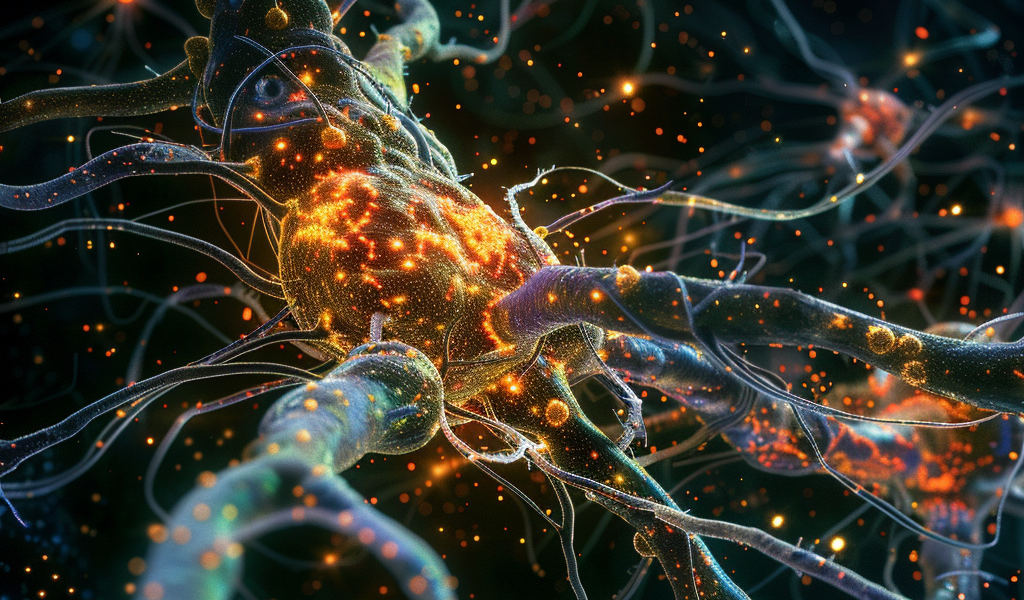Scientists have made a groundbreaking discovery in understanding the mechanisms behind synapse formation in the cerebellum. The Institute of Neurosciences (IN), in collaboration with Keio University in Tokyo, has led a study revealing the crucial role of kainate receptors in the functioning of cerebellar synapses.
The research, published in the journal Cell Reports, sheds light on the molecular mechanism by which kainate receptors act as both synaptic receptors and structural supports for neuronal connections. By identifying specific combinations of kainate receptor subunits, the study opens up new possibilities for designing synaptic connectors and potential therapeutic applications.
Synapses serve as the communication points where neurons transmit information by releasing neurotransmitters from the presynaptic neuron to be received by the postsynaptic neuron. The Synaptic Physiology laboratory, under the direction of CSIC researcher Juan Lerma at the IN, has focused on investigating glutamate receptors, particularly kainate receptors, which play a key role in neuronal communication.
According to Lerma, understanding the function of kainate receptors in synaptic physiology and brain disorders has been a long-standing goal for researchers. Dysfunctions in these receptors can lead to various neurological and neuropsychiatric conditions.
Previous research by the IN team highlighted the involvement of the GluK4 protein, a subunit of kainate receptors, in conditions such as autism, depression, and anxiety. Additionally, they found that elevated levels of the GluK1 protein in patients with Down Syndrome contribute to spatial memory deficits.
Meanwhile, the Department of Neurophysiology at Keio University School of Medicine, led by Michisuke Yuzaki, has been studying synaptic function in the cerebellum. Their work has uncovered the interaction between the C1ql1 and Gai3 proteins, further enhancing our understanding of cerebellar synapses.





